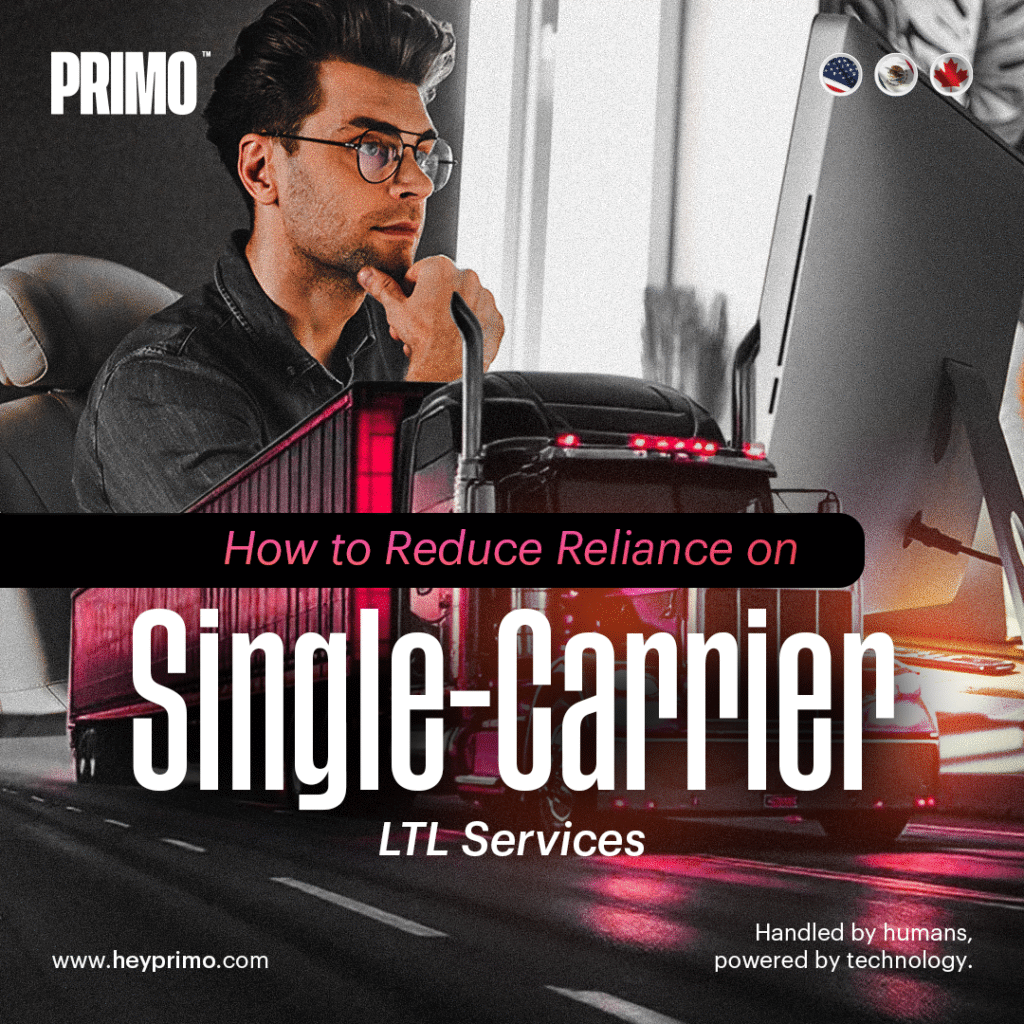
Relying on a single LTL shipping provider may seem efficient, but it often leads to inflexibility, higher costs and increased risk. Many companies default to one carrier out of habit or perceived simplicity. However, this approach can quickly unravel when disruptions occur. According to Inbound Logistics, the 2025 NMFC changes will impact over 40% of freight classes. This shift will require shippers to adapt quickly or face classification errors, pricing issues and delays. Businesses that build flexibility into their LTL shipping strategy are better equipped to handle these changes without compromising delivery performance.
A single-carrier model limits your ability to respond to capacity shortages, rate hikes or service failures. This is especially problematic during peak seasons or regional disruptions. If your only provider is at capacity or offline, your freight sits idle. That delay can cascade into missed delivery windows and strained customer relationships. Industries with time-sensitive needs, such as organic gardening, are particularly vulnerable to these breakdowns.
Relying on one provider also restricts access to specialized services. Not every carrier offers liftgate delivery, inside drop-off or temperature control. If your freight requires these services and your provider cannot deliver, you are forced to delay or pay a premium. This becomes even more complex when managing cross border freight, where customs compliance and international routing add layers of risk.
A diversified carrier network allows you to match each shipment with the provider best suited for that lane, service level or freight type. This approach reduces exposure to rate volatility and improves delivery consistency. It also gives you the ability to shift volume when disruptions occur, keeping your supply chain moving.
Technology plays a central role in managing multiple carriers. A transportation management system (TMS) helps automate routing, compare rates and track shipments across providers. This reduces manual work and improves decision-making. With real-time data, you can respond to delays before they impact your customers.
Visibility tools integrated with a TMS also support better communication. Instead of reacting to missed deliveries, your team can proactively update customers and reroute shipments. This level of control is essential when working with multiple carriers and complex freight profiles.
The inevitable upcoming NMFC changes, especially as tariffs continue to evolve, will alter how freight is classified and priced. If you rely on one carrier, you may be forced to accept their interpretation of the new rules. A multi-carrier strategy gives you options. You can test different classifications, compare pricing models and avoid penalties for mislabeling.
To build a more resilient LTL shipping strategy, take these steps:
Review your current shipping profile to identify service gaps and inefficiencies
Add regional and national carriers to your network to expand coverage
Use a TMS to automate carrier selection and rate comparison
Monitor performance across providers to identify strengths and weaknesses
Implement freight audit tools to ensure billing accuracy and reduce disputes
Carrier diversification is not just a safeguard. It is a way to improve delivery performance, reduce costs and maintain control in a volatile market. If your current model relies on a single provider, it is time to rethink your approach.
Start building a better shipping strategy today. Connect with a PRIMO team member.